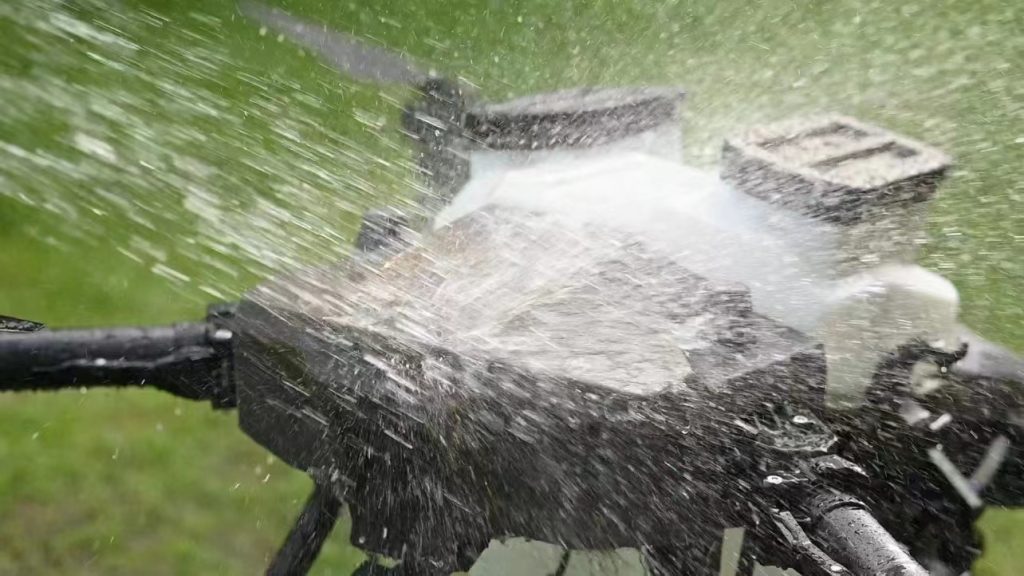
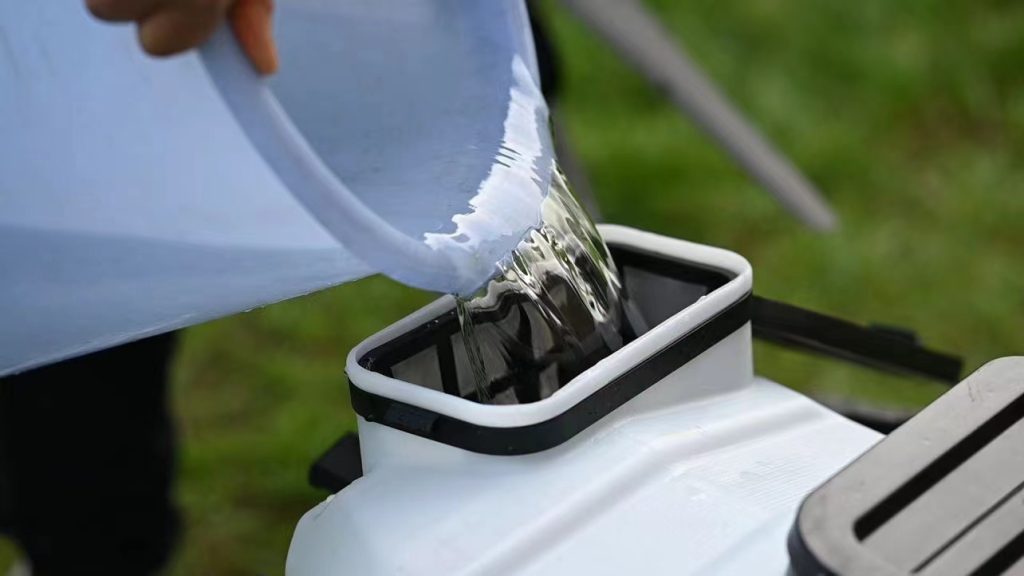
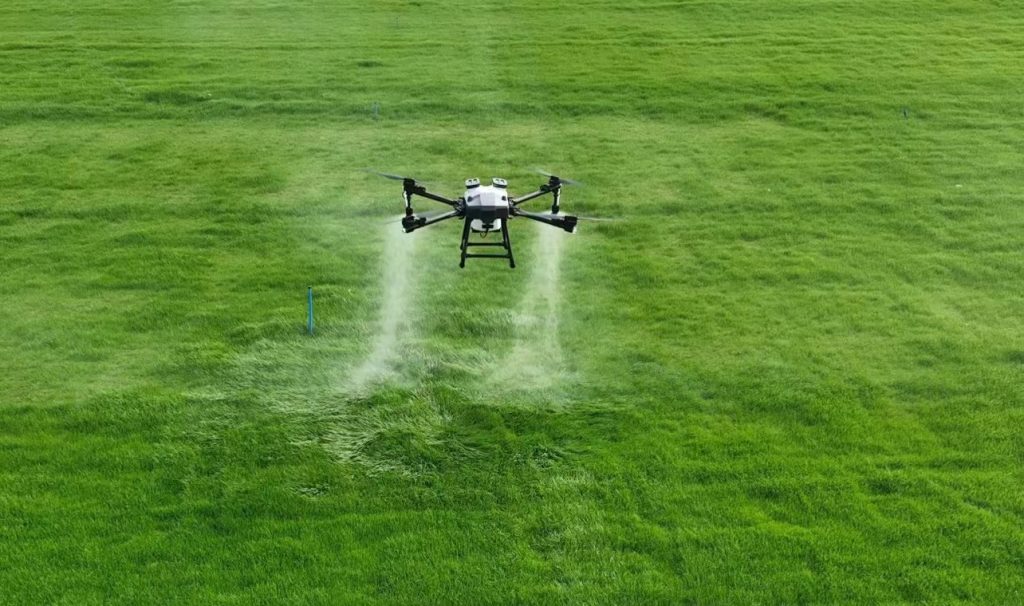
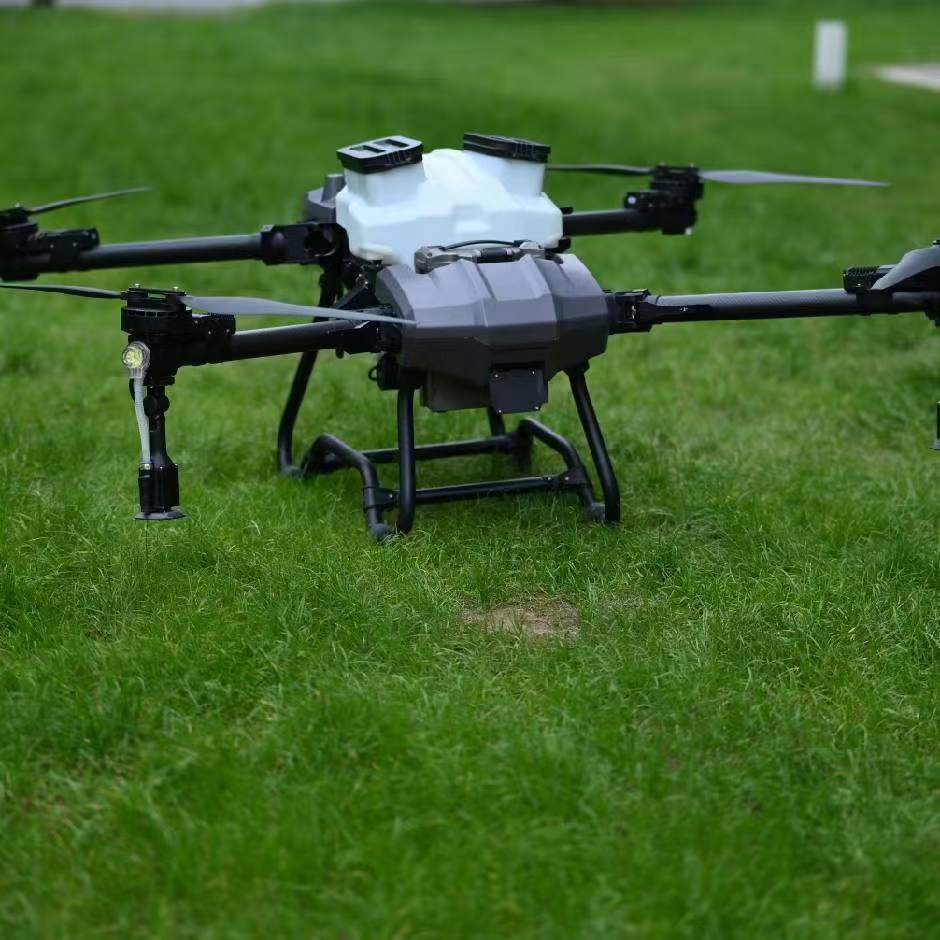
Indonesia’s agriculture sector is rapidly evolving, and modern farmers are turning to drone technology to improve efficiency and productivity. With vast rice fields, plantations, and hilly terrains, Indonesia is the perfect environment to adopt agricultural drone sprayers. Whether for spraying pesticides or fertilizers, these drones are making farming faster, safer, and more profitable.
Why Indonesia Needs Crop Spraying Drones
Farming in Indonesia faces several challenges:
- Manual spraying is slow and labor-intensive
- Fields in rural or hilly areas are hard to access with tractors
- Uneven spraying causes chemical waste and low crop yield
- Short labor supply in planting and harvesting seasons
By using crop spraying drones, Indonesian farmers can solve these problems with precision, speed, and low operating costs.
What Can a Drone Sprayer Do?
Agricultural drones are equipped with tanks, nozzles, pumps, and GPS systems to spray crops from the air. Depending on your needs, they work as:
- Pesticide spraying drones: Control pests and crop diseases quickly
- Fertilizer drones for agriculture: Apply liquid fertilizer during growing seasons
- Herbicide sprayers: Target weeds without damaging healthy plants
- General crop sprayers: Use for banana, rice, maize, palm oil, and chili farms
Benefits for Indonesian Farmers
| Feature | Benefit |
|---|---|
| Precision spraying | Save up to 30% on chemicals by reducing waste |
| Fast operation | Cover 5–20 hectares per hour depending on model |
| Labor saving | One person can operate multiple drones |
| Remote control | Works in wet or dangerous fields without human entry |
| All-terrain ready | Ideal for Java, Sumatra, Kalimantan, and Sulawesi farms |
Typical Drone Specifications (for Indonesian Farm Use)
| Parameter | Details |
|---|---|
| Tank Size | 10L to 30L |
| Battery Life | 15–25 minutes per flight (with fast charging) |
| Spraying Width | 4–8 meters |
| Obstacle Avoidance | Included |
| Terrain Following | Radar for height adjustment over rice fields and uneven ground |
| App Support | English & Bahasa Indonesia available |
Use Cases in Indonesia
- Rice Farms in West Java – Drones spray pesticides and fertilizers faster than backpack sprayers
- Palm Oil Plantations in Kalimantan – Easy herbicide spraying in remote areas
- Chili and Vegetable Farms in Bali – Drones reduce crop damage from manual labor
- Fruit Orchards in Sulawesi – Tree-top spraying without ladders or tractors
Getting Started
To use an agricultural spraying drone in Indonesia, farmers or cooperatives should:
- Choose the right drone size (based on land area)
- Train the operator (online or on-site training available)
- Make sure the drone has spare parts and after-sales support
- Start with pesticide spraying and later expand to fertilizers or seeding
Conclusion
For Indonesian farmers, adopting fertilizer drones, pesticide spraying drones, and crop spraying drones is no longer a luxury—it’s a necessity for modern farming. These tools save time, lower costs, and protect the environment. As more Indonesian agricultural cooperatives invest in drone technology, productivity and profits will grow together.

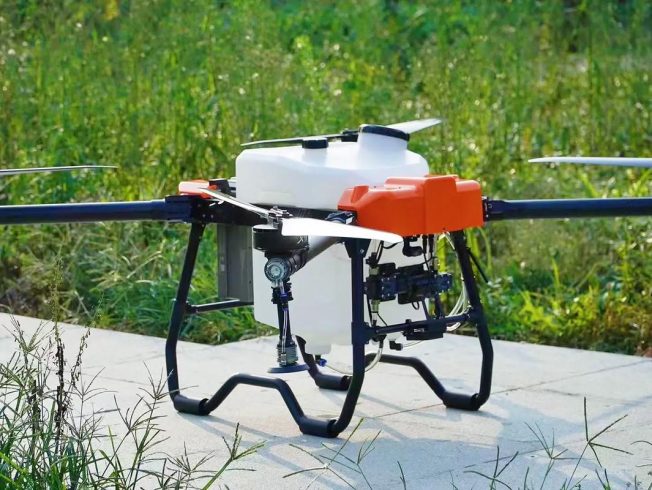
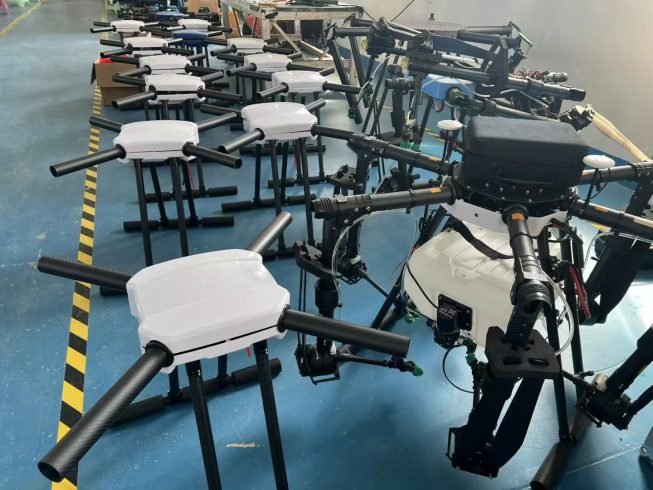
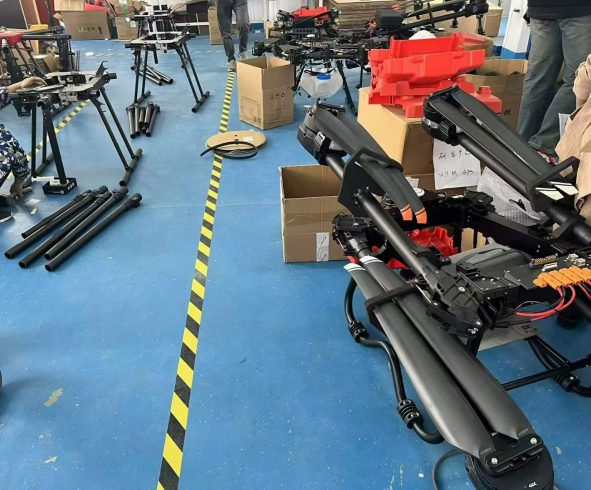
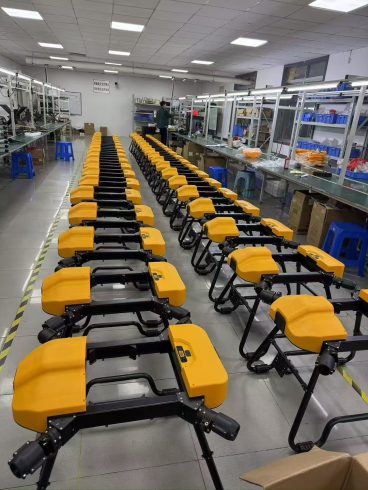

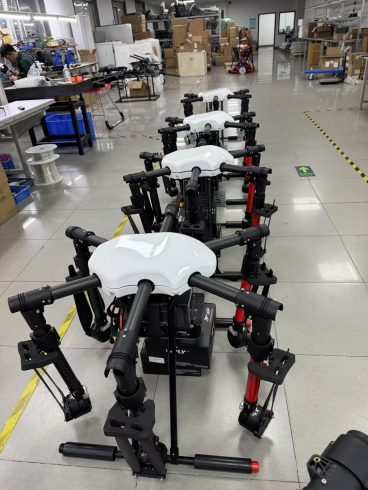
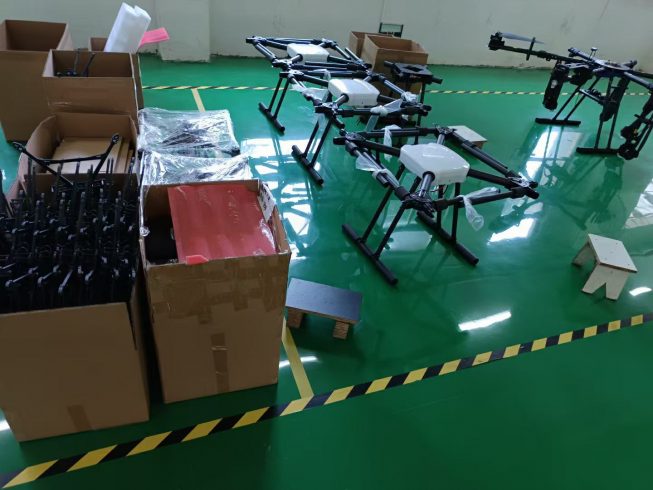
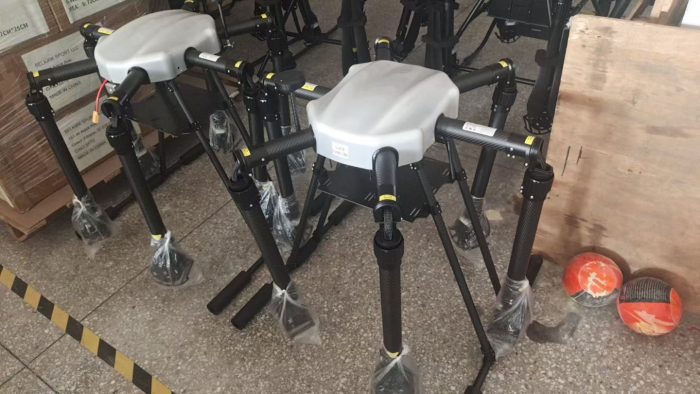
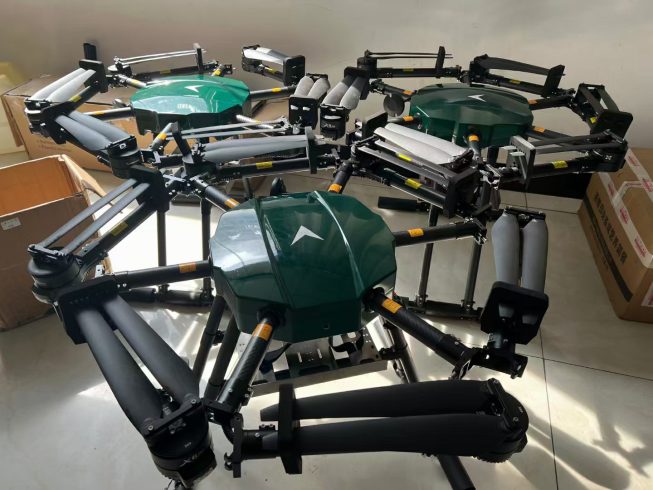
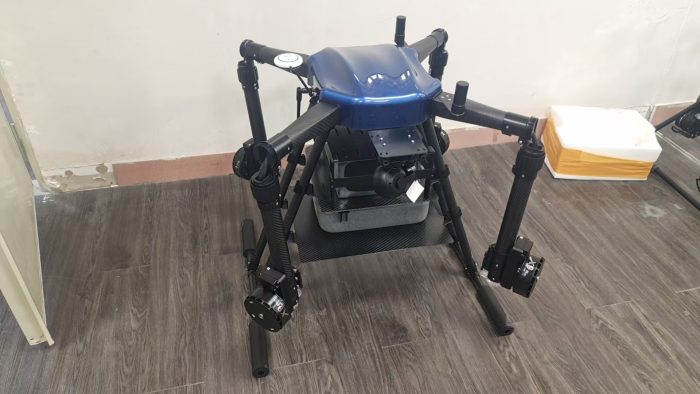

暂无评论内容